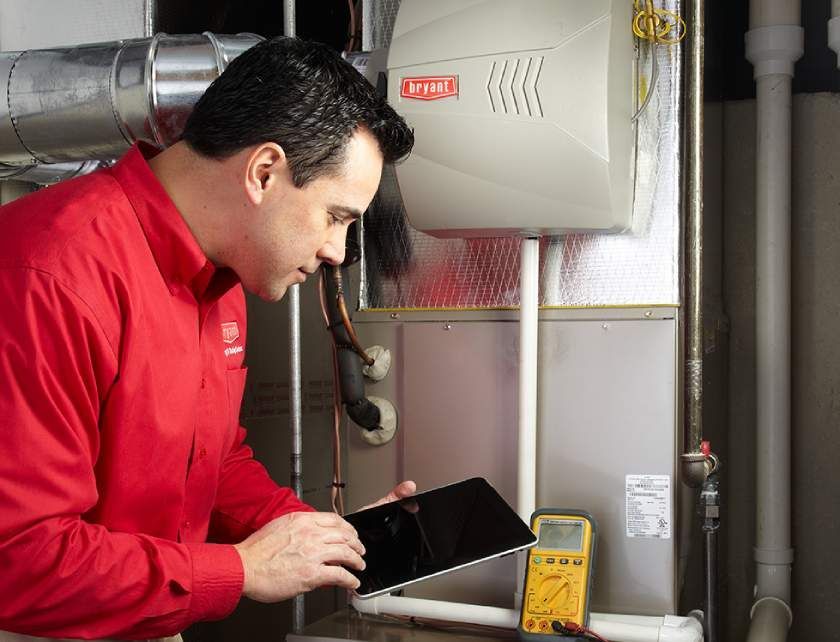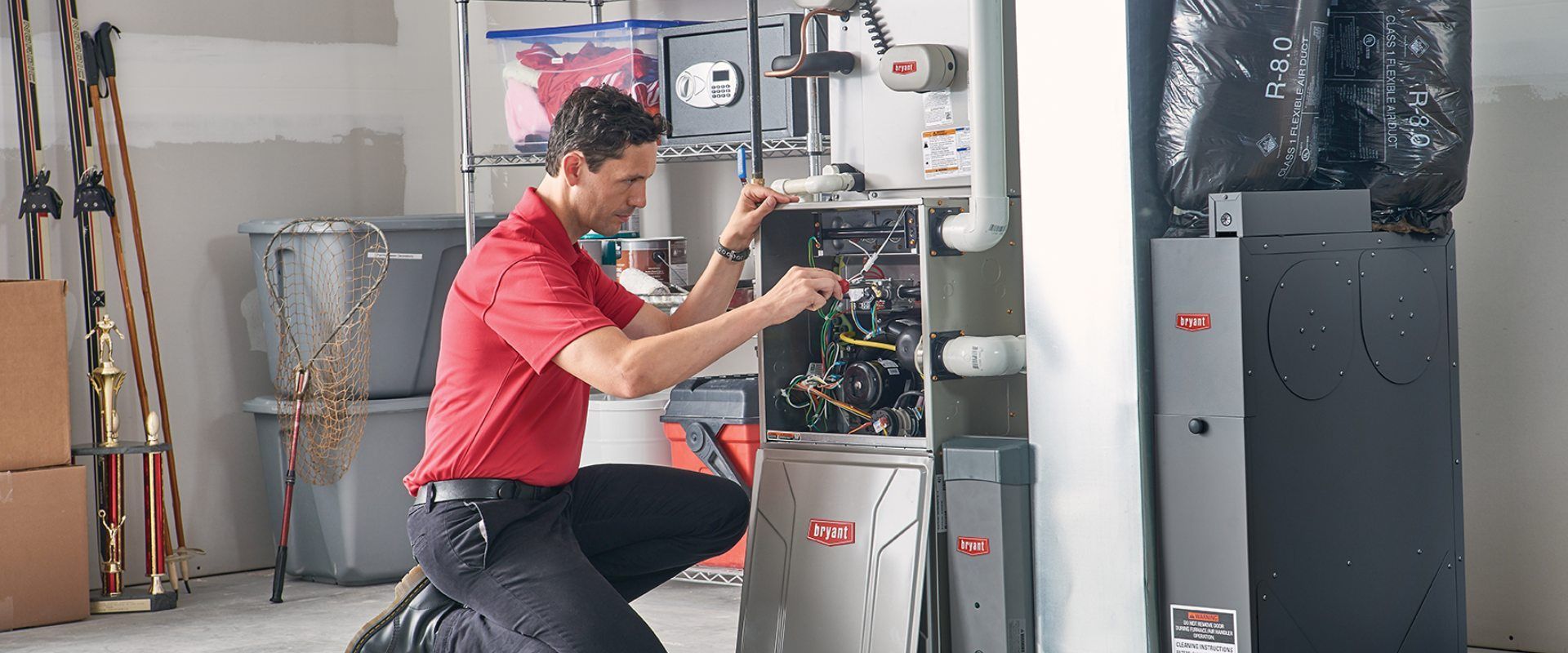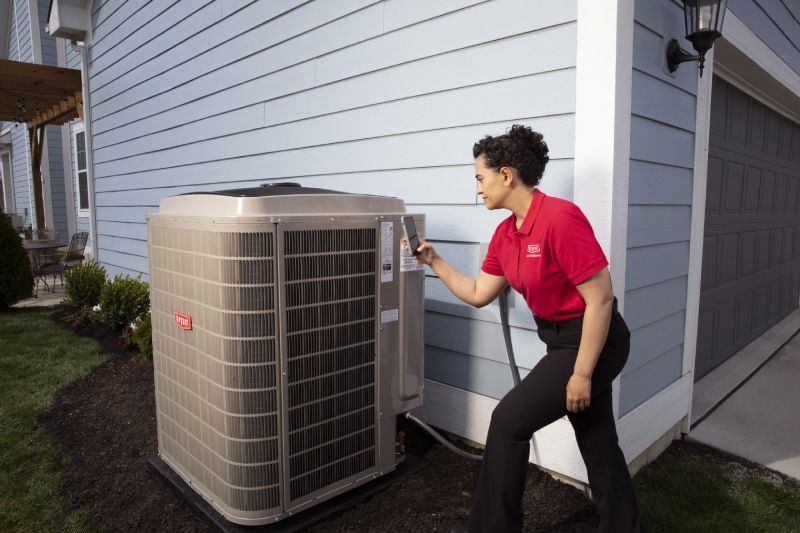Serving Businesses & Homeowners in Baldwin County, Alabama Since 1981
5-STAR HVAC SALES & SERVICE

Common HVAC myths can lead to misconceptions about how heating and cooling systems operate, potentially impacting energy efficiency, comfort, and maintenance practices. Let’s debunk some of these myths and provide accurate information:
1. Myth: Closing vents in unused rooms saves energy.
- Fact: Closing vents in unused rooms can disrupt the balance of your HVAC system. It can increase pressure in the ductwork and lead to air leaks, reducing overall efficiency. It’s better to let the system distribute air evenly throughout your home.
2. Myth: Cranking up the thermostat cools or heats the home faster.
- Fact: HVAC systems operate at a consistent pace, regardless of the temperature setting. Setting the thermostat higher or lower than desired only leads to longer run times and energy waste. Set your thermostat to the desired temperature for optimal comfort.
3. Myth: Leaving the fan on all the time improves efficiency.
- Fact: Running the fan continuously can actually increase energy consumption. The fan’s purpose is to circulate conditioned air, not cool or heat it. Use the “auto” setting instead, which allows the fan to run only when needed.
4. Myth: Bigger HVAC systems are always better.
- Fact: An oversized HVAC system may cycle on and off frequently, resulting in temperature fluctuations and unnecessary wear on the equipment. Proper sizing based on your home’s needs is crucial for efficiency and comfort.
5. Myth: Annual professional maintenance is unnecessary.
- Fact: An oversized HVAC system may cycle on and off frequently, resulting in temperature fluctuations and unnecessary wear on the equipment. Proper sizing based on your home’s needs is crucial for efficiency and comfort.
6. Myth: Ceiling fans cool rooms even when no one is present.
- Fact: Ceiling fans create a wind-chill effect that makes you feel cooler. However, they don’t actually lower the room’s temperature. Turn off ceiling fans when you leave the room to save energy.
7. Myth: Duct tape is an effective solution for duct leaks.
- Fact: Surprisingly, duct tape is not suitable for sealing duct leaks. It deteriorates over time and loses its effectiveness. Use mastic sealant or foil tape specifically designed for HVAC systems.
By debunking these common HVAC myths, you can make more informed decisions about your heating and cooling system. Always rely on accurate information and consult HVAC professionals for guidance on system operation, maintenance, and energy efficiency.



Contact Our Specialists
We are proud Bryant® Factory Authorized Dealers!
Contact Us
We will get back to you as soon as possible.
Please try again later.
License Numbers:
AL License # 2021181
Florida License # CAC058744
Licensed, Insured & Bonded
© 2025 Inland Air Systems. AL License # 2021181 Florida License # CAC058744. All Rights Reserved. Privacy Policy.

